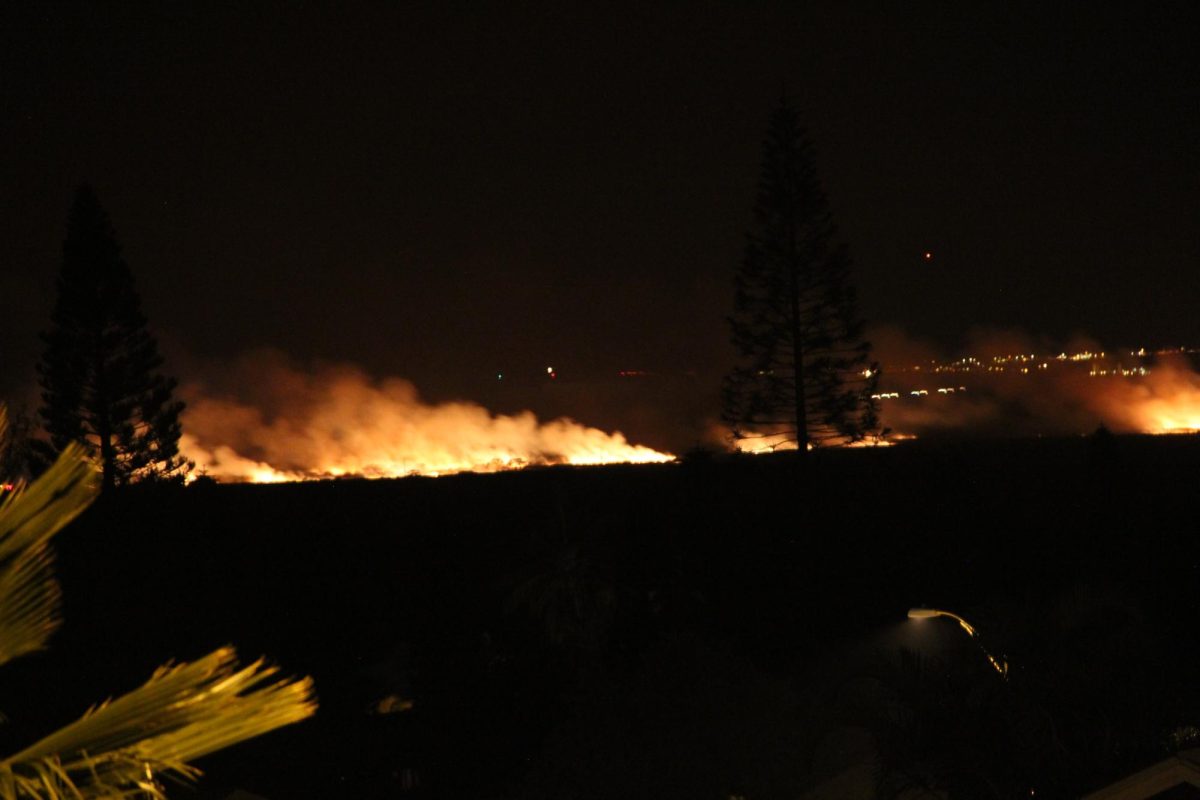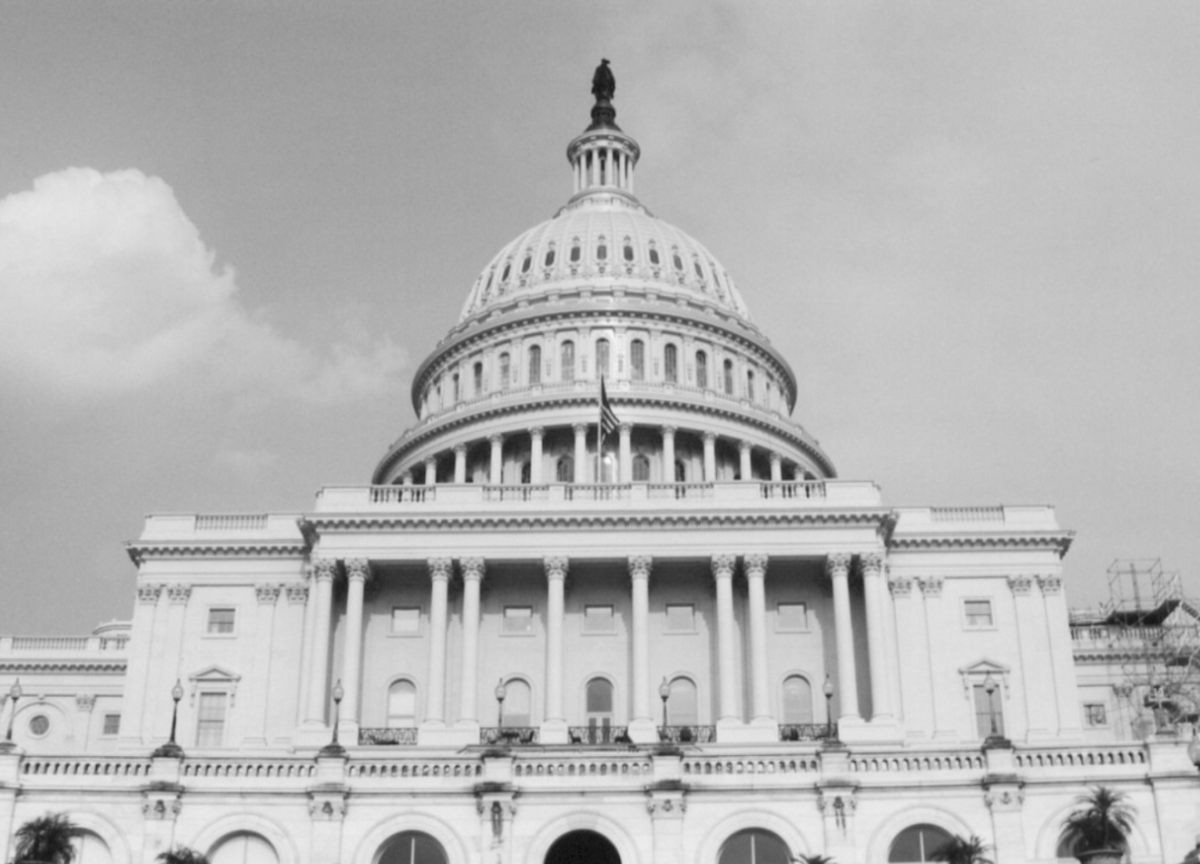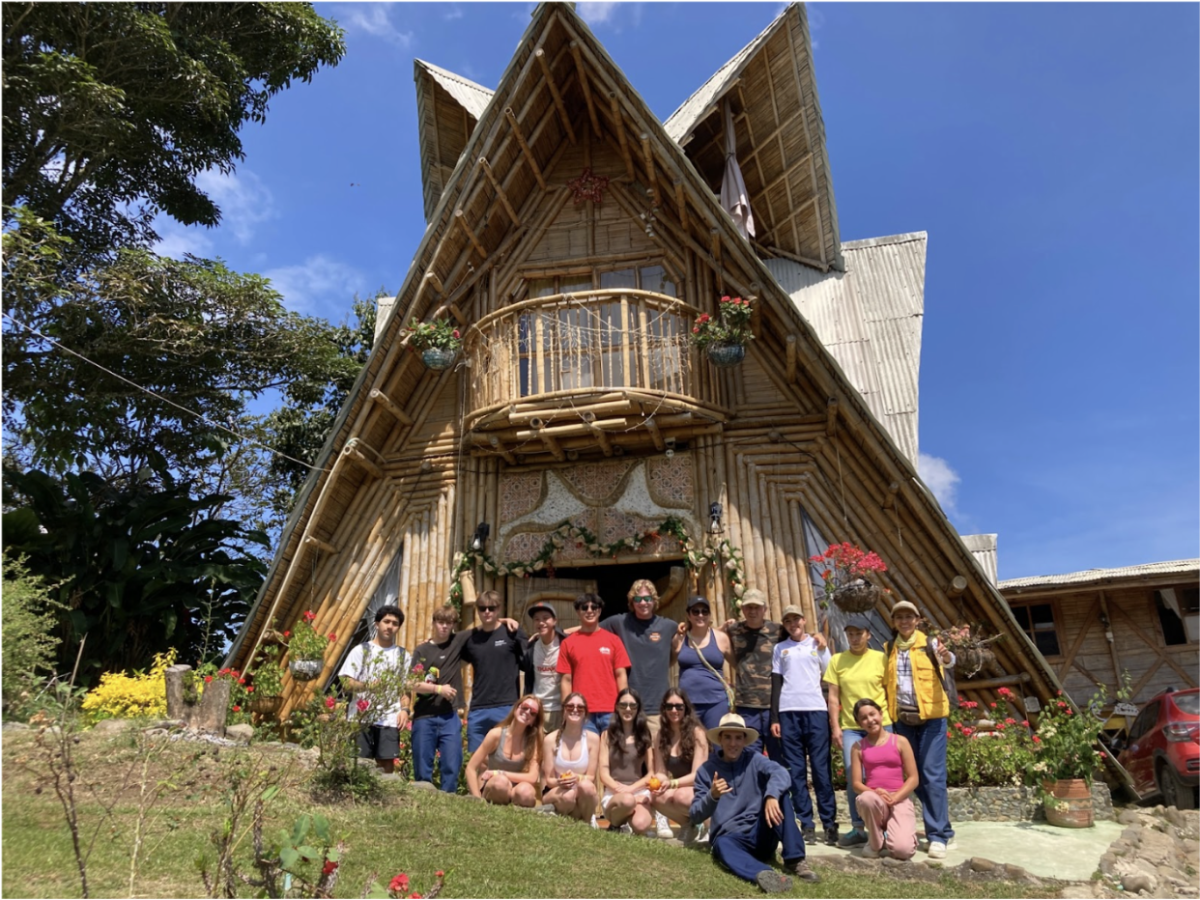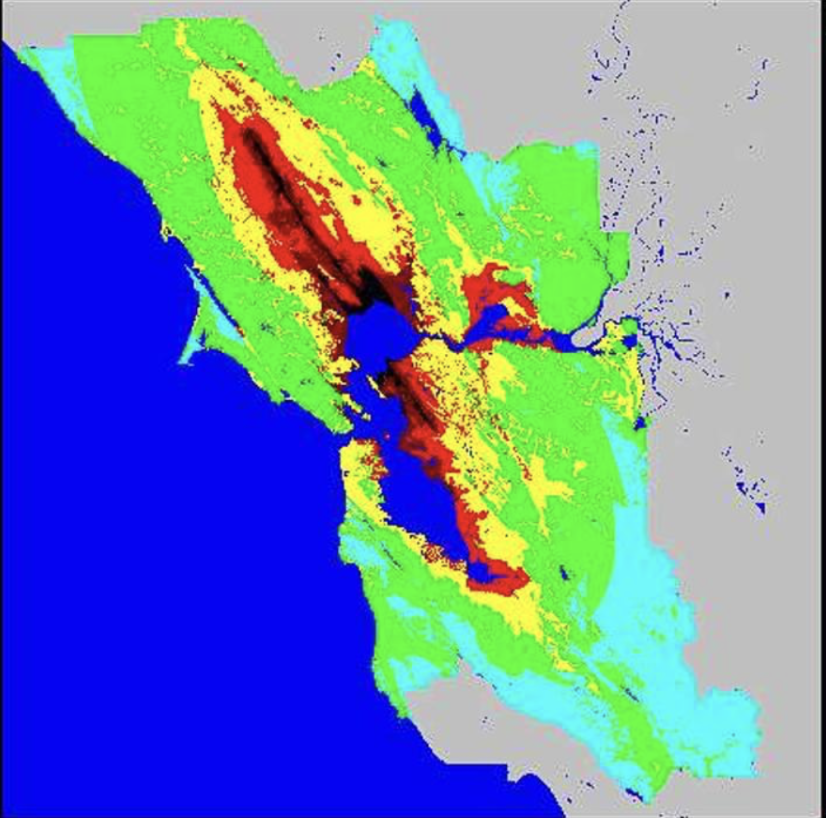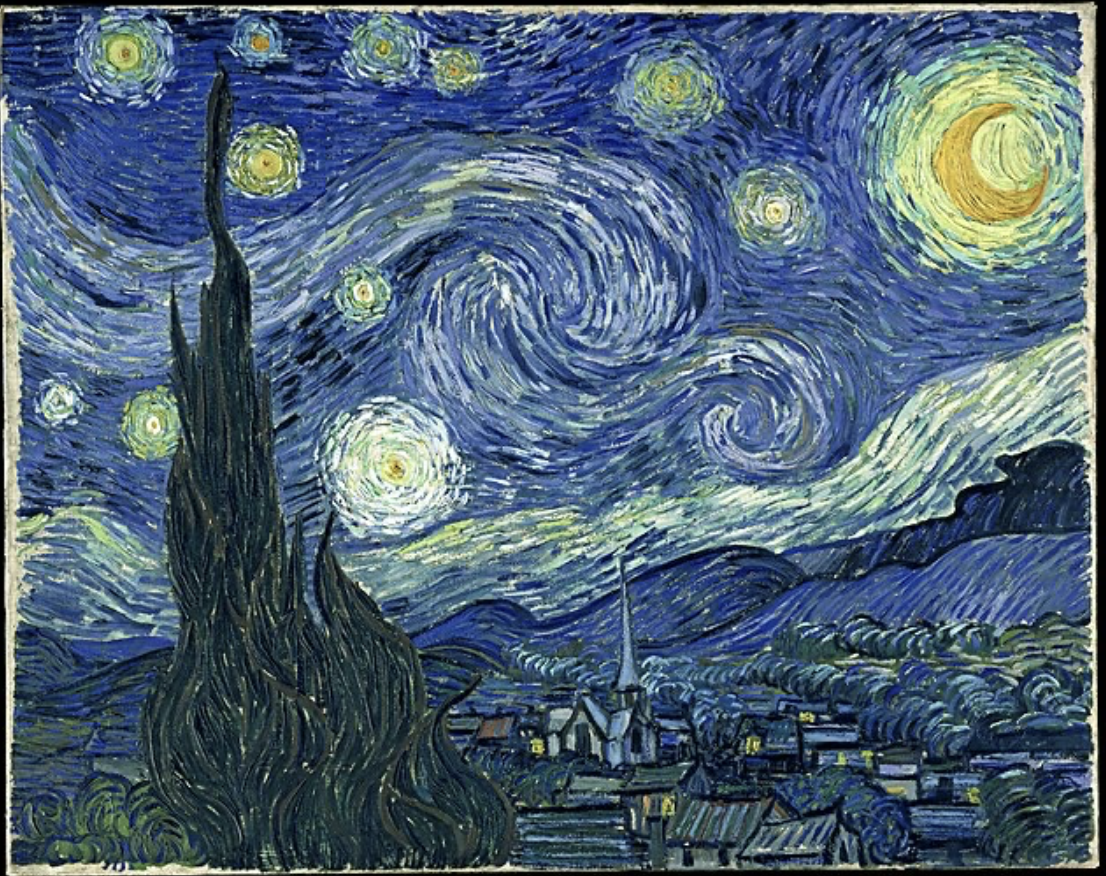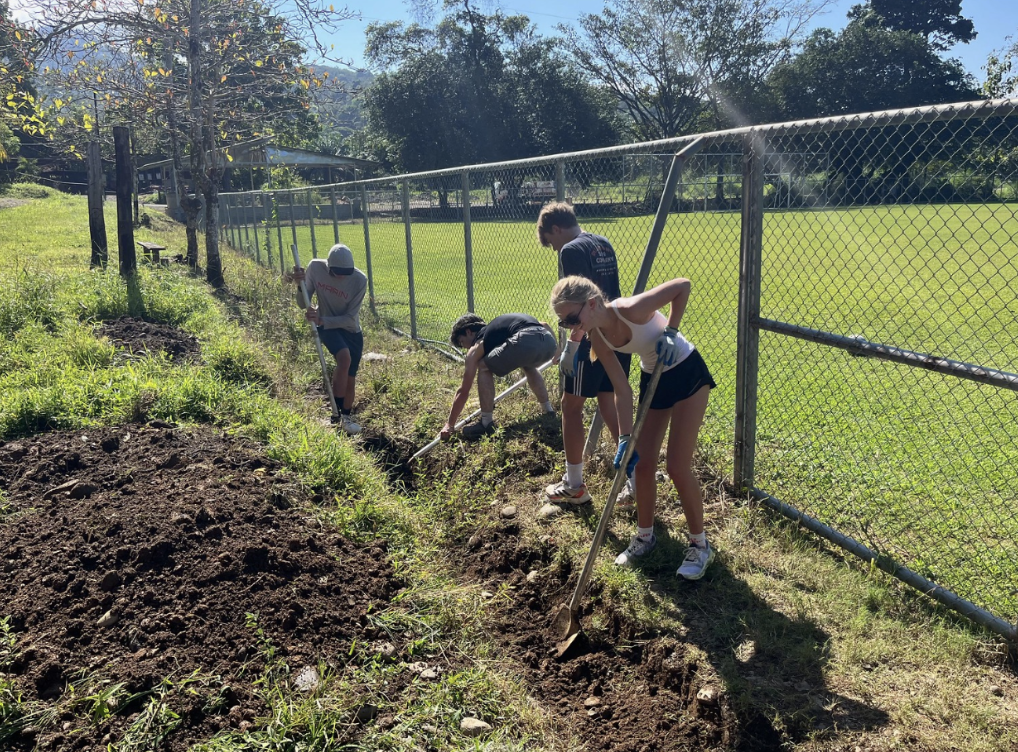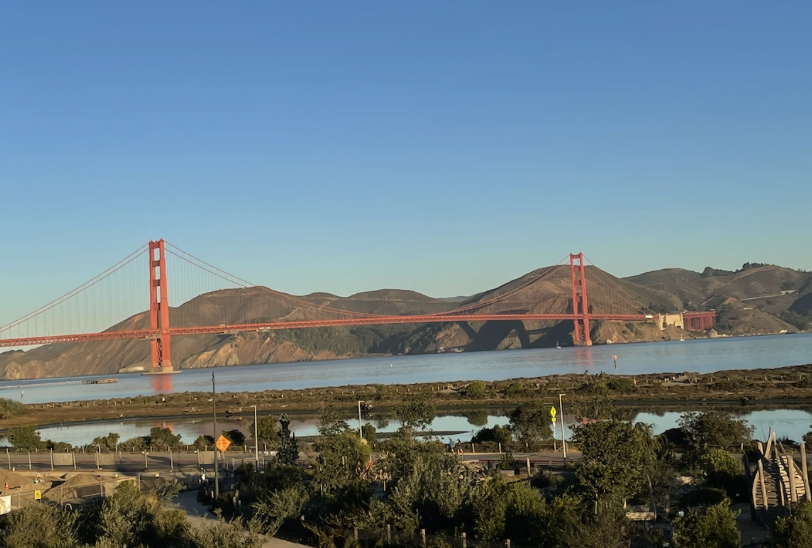Three weeks ago wildfires erupted across Lahaina, a town located on the peninsula of Maui. These fires started on Aug. 8 and since then more than 100 people have died and almost 3,000 structures have been damaged or destroyed.
“The fires are devastating and I believe that people should be getting more compensation for their losses,” senior Morgan Lau said, “The $700 in funds is nowhere near enough for families to get back on their feet,”
The fire started in the Kula region of Maui and then spread across 10.4 square miles and burned over 2,500 acres of land. In the days following the fire, over 2,000 citizens resided in emergency shelters and the US Federal Emergency Management Agency (FEMA) authorized relief payments of $700 to fire victims.
“The news coverage was mostly focused on the immediate human suffering and the number of people who died, yet I did not see any on the lack of proper infrastructure or city planning,” Global Politics teacher Martin Jorgensen said. “I would’ve liked to see more coverage on how we can prevent wildfires from happening,”
Over the following weeks, local authorities report over 385 missing cases, yet the searches of the land are coming to a close. Governor of Hawaii, Josh Green, claims that the total cost of damages amounts to over $6 billion.
“Seeing the wildfires, I feel slightly frightened by the fact that by the time I will be an adult living my life and raising my future children, there will be parts of the world that no longer exist due to climate change,” freshman Sabrina Chua said. “Although I do things to combat climate change like preserve water as often as I can it isn’t enough,”
Experts state that the fire was most likely started by a spark from power lines onto high wind, and Maui County officials are currently in lawsuit with Hawaiian electric for their mismanagement of power lines, according to the National Oceanic and Atmospheric Administration. The magnitude of the fire is largely attributed to conditions of climate change such as rising temperatures, drought, hot wind and dry land.
Due to rising conditions of climate change, wildfires are becoming increasingly common. According to the Center for Climate and Energy Solutions, the fire risk and areas burned by lightning-ignited wildfires between 2011 and 2060 will increase by over 30%.
“I’ve been to Lahaina several times and it’s a land based on tradition, so it’s really unfortunate that so much of the tradition is gone,” Lau said. “I really hope the survivors and the victims’ families are able to recover,”



